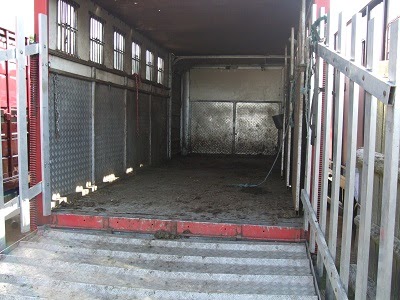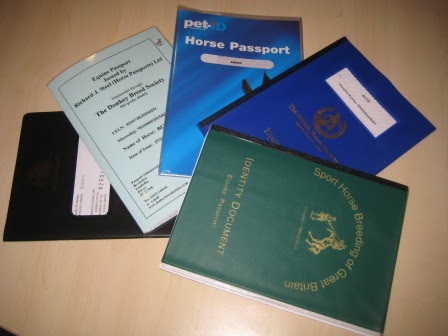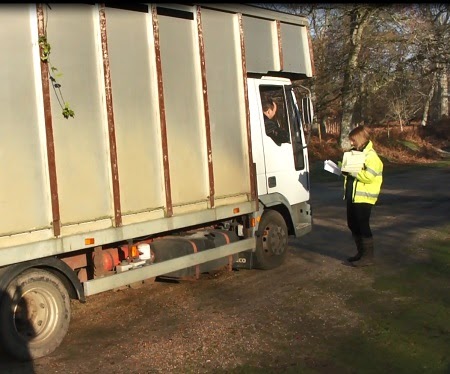

Transport of Animals (Cleansing and Disinfection) (England) (No 3) Order 2003

Any person transporting horses shall ensure that:
Driver Licensing
If you passed your driving test before 1 January 1997 - You’re usually allowed to drive a vehicle and/or trailer combination up to 8.250kg.
If you passed your driving test after 1 January 1997 - You can only drive vehicles up to 3,500kg.
If you are unsure you should contact the DVLA
Tachographs
All vehicles in excess of 7.5 tonnes must be fitted with a tachograph which must be used for all journeys.

Horse Identification Documents / Passports
It is an offence to own a horse without an identification document / passport
Identification documents / passports must accompany the horse during transportation
Foals must have a microchip and passport / ID document by the 30th November in the year of its birth or within six months of birth, whichever is the later.
Transporting horses for personal recreational purposes – how the law applies to you…
The Welfare of Animals (Transport) (England) Order 2006

Horses shall not be transported in a way which causes or is likely to cause them injury or unnecessary suffering, e.g. vehicles must be of sound construction, have non-slip floors, no sharp projections, and have adequate space to allow the horse to stand in their normal position.
A horse shall not be transported unless it is fit for the intended journey. A horse shall not be considered fit if:
The above do not apply if the horse is transported direct to the nearest available place for veterinary treatment or diagnosis under the advice of a veterinarian. A horse may not be dragged or pushed by any means, or lifted by a mechanical device unless under the supervision of a veterinary surgeon.
Where horses are not led into, or out of a vehicle, the loading ramp should be provided with protection on each side, sufficient to prevent them from falling off or escaping. Ramps must not have an angle exceeding 20 degrees and must be fitted with foot battens or otherwise to prevent slipping. Partitions should be fitted to support the horses and prevent them being thrown about by the motion of the vehicle.
If you transport horses as part of an economic activity, you also need to comply with…
Economic activity will include farmers, hauliers, those who move equines in connection with their business – racehorse trainers, professional riders etc. If you employ a groom to drive your vehicle, you will almost certainly need to comply with the following.
For journeys over 65km and under 8 hours
For long journeys over 8 hours
Construction
Sharp edges – Vehicles must be free from sharp edges, projections and gaps which could cause injury to the horses.
Secure and escape-proof - barriers or straps must be used to prevent horses falling when the loading door is open. (Trailers when used for transporting loose horses must have top doors shut or another means of barrier).
Access - must be available to enter and inspect each horse.
Roof - must protect the horses against any adverse weather.
Floor - strong enough for the weight of the horses, must be free from obstructions (uncovered spare wheels etc.), and anti-slip.
Ventilation - sufficient for 'worst case' situation. e.g. when the vehicle is stationary in hot weather. A proportion should be adjustable.
Partitions - strong enough to withstand the weight of the horse, easy to move.
Ramps - road vehicles must have a ramp for loading and unloading, not steeper than 20°00’ for horses (36.4% slope, equivalent to a rise of four over distance of 11).
Lighting - must be provided to allow inspection of the horses.
Cleansing and disinfecting - the vehicle must be able to be adequately cleansed and disinfected.
Identified - vehicles should be marked to show they contain horses (unless obvious).

Separation / partitions
Horses should be transported separately from;
· Other species
· Horses of significantly different sizes or ages
· Adult breeding stallions from each other
· Horses that are hostile to each other
· Tied animals from untied animals
General
This information is intended for guidance and is not an authoritative interpretation of the law. Further information can be obtained from Defra, Animal and Plant Health Agency or your local authority.
